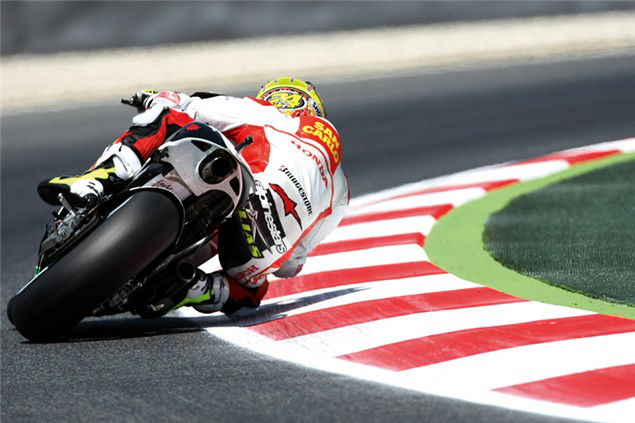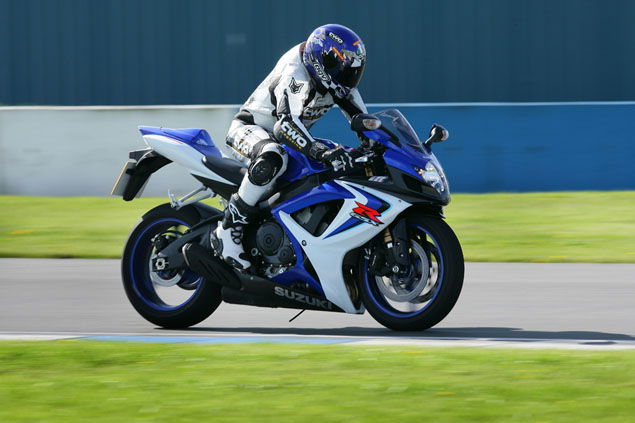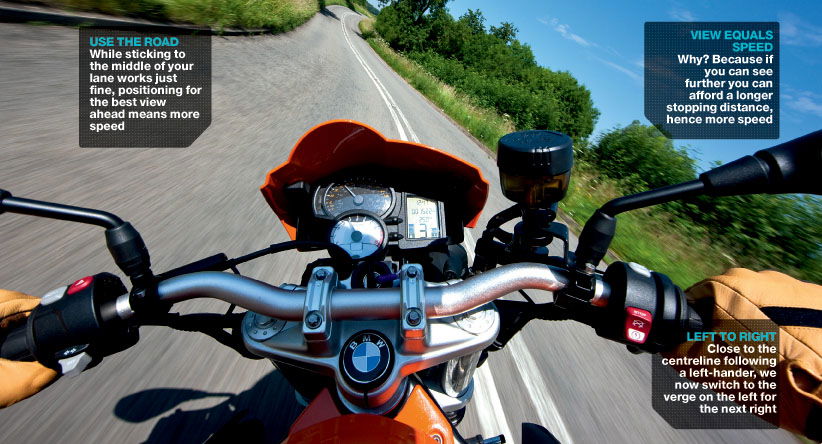Advanced Motorcycle Riding Course: Hanging off
In a car you sit in your seat, as fixed and as immobile as the engine bolted into the engine bay. But on a bike moving yourself around can have a pronounced effect on weight distribution and the way your bike uses its tyres
Andy Morrison



